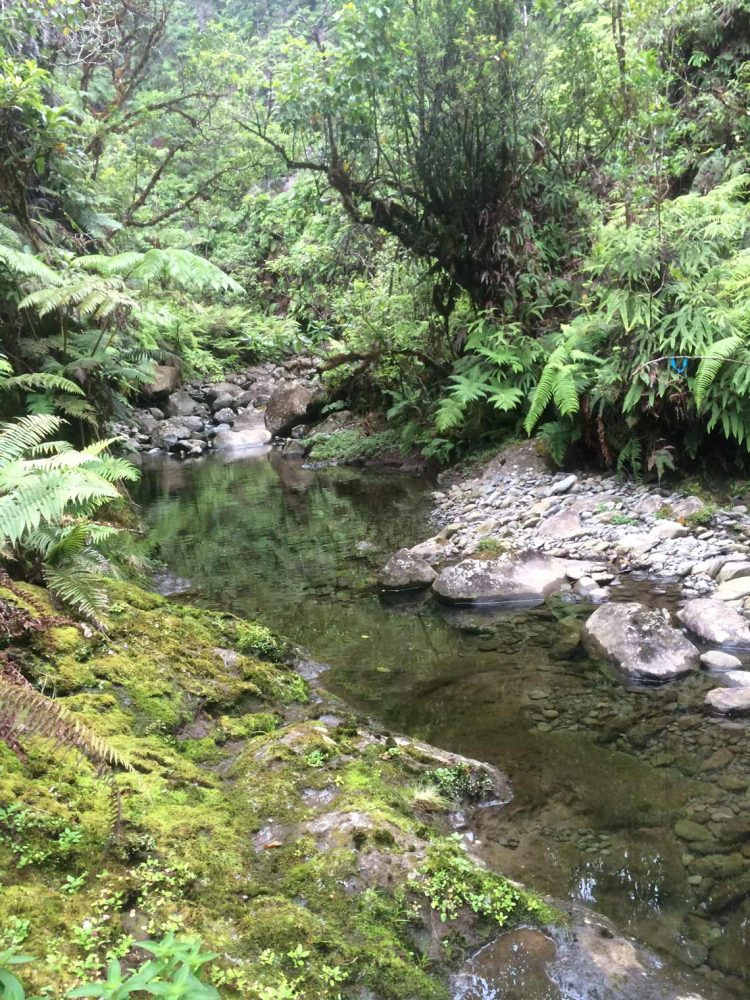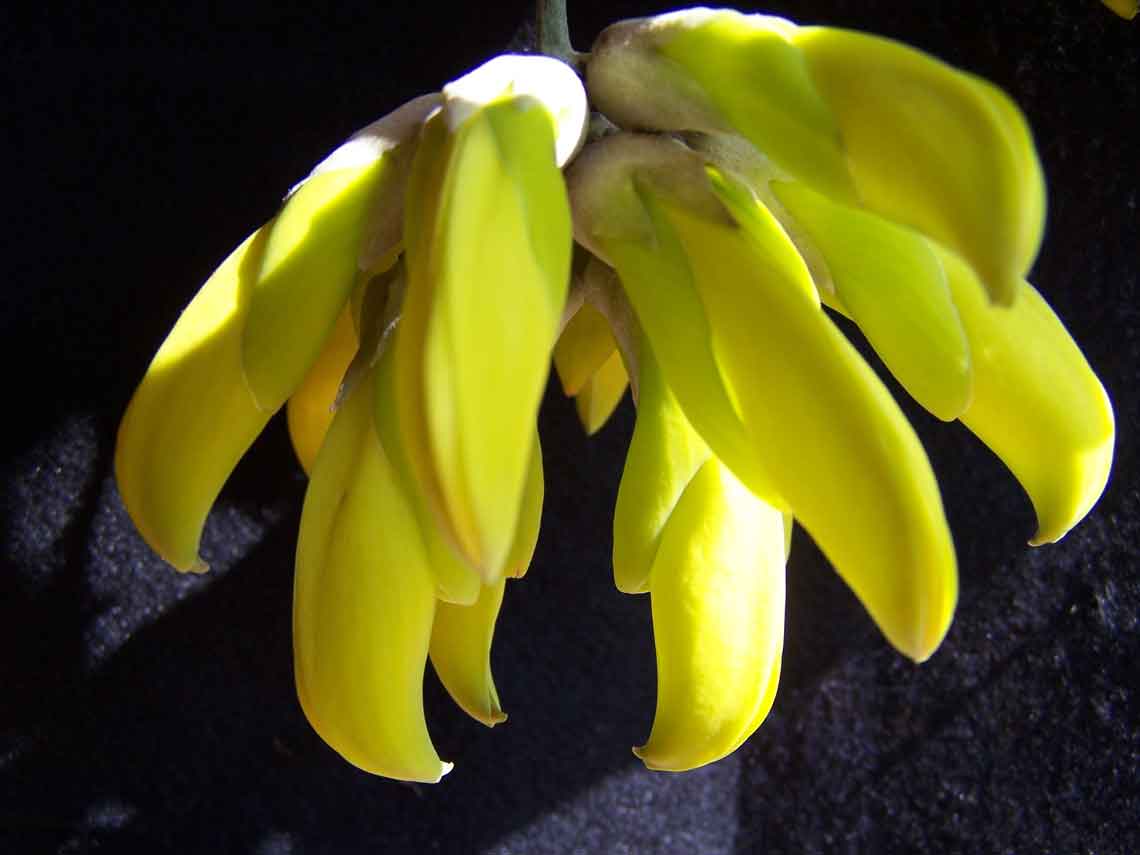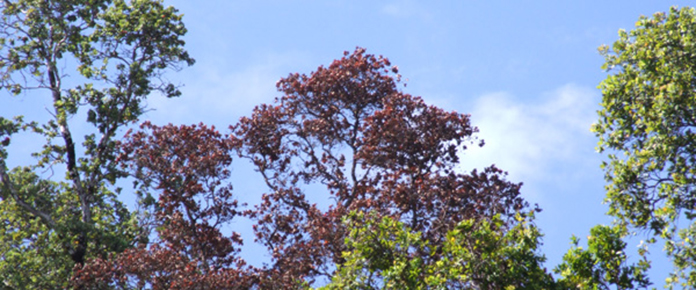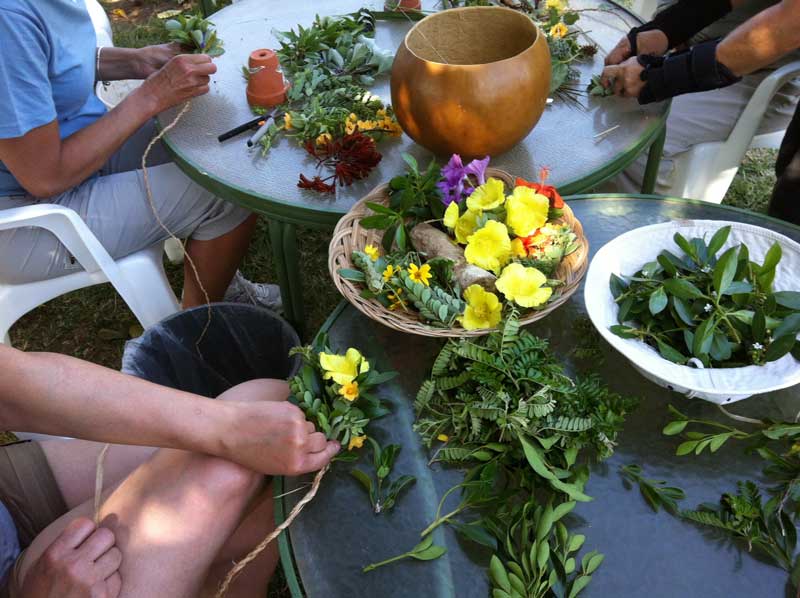Big Bog, high above Hāna on the windward slopes of East Maui, and Puʻu Kukui, on West Maui are some…
Read More
2015
A Haʻiku gulch full of suprises
“Anything that bristly has got to be invasive,” said the Haʻiku resident who reported a vine that she found in…
Read More
Mapping the Kamehameha butterfly with your help
Brilliant orange and fluttering through the forest, the Kamehameha butterfly, or pulelehua, is our state insect. It’s one of only…
Read More
Rapid ʻŌhiʻa Death – a new threat to our watersheds
Five years ago, people living in the Puna district on Hawaiʻi Island started seeing native ʻōhiʻatrees in their yards dying….
Read More
Invasive species can sting aloha
Aunty Penny Martin is a lei-maker on Molokaʻi. She was talking story one day with a friend visiting from Hawaiʻi…
Read More





